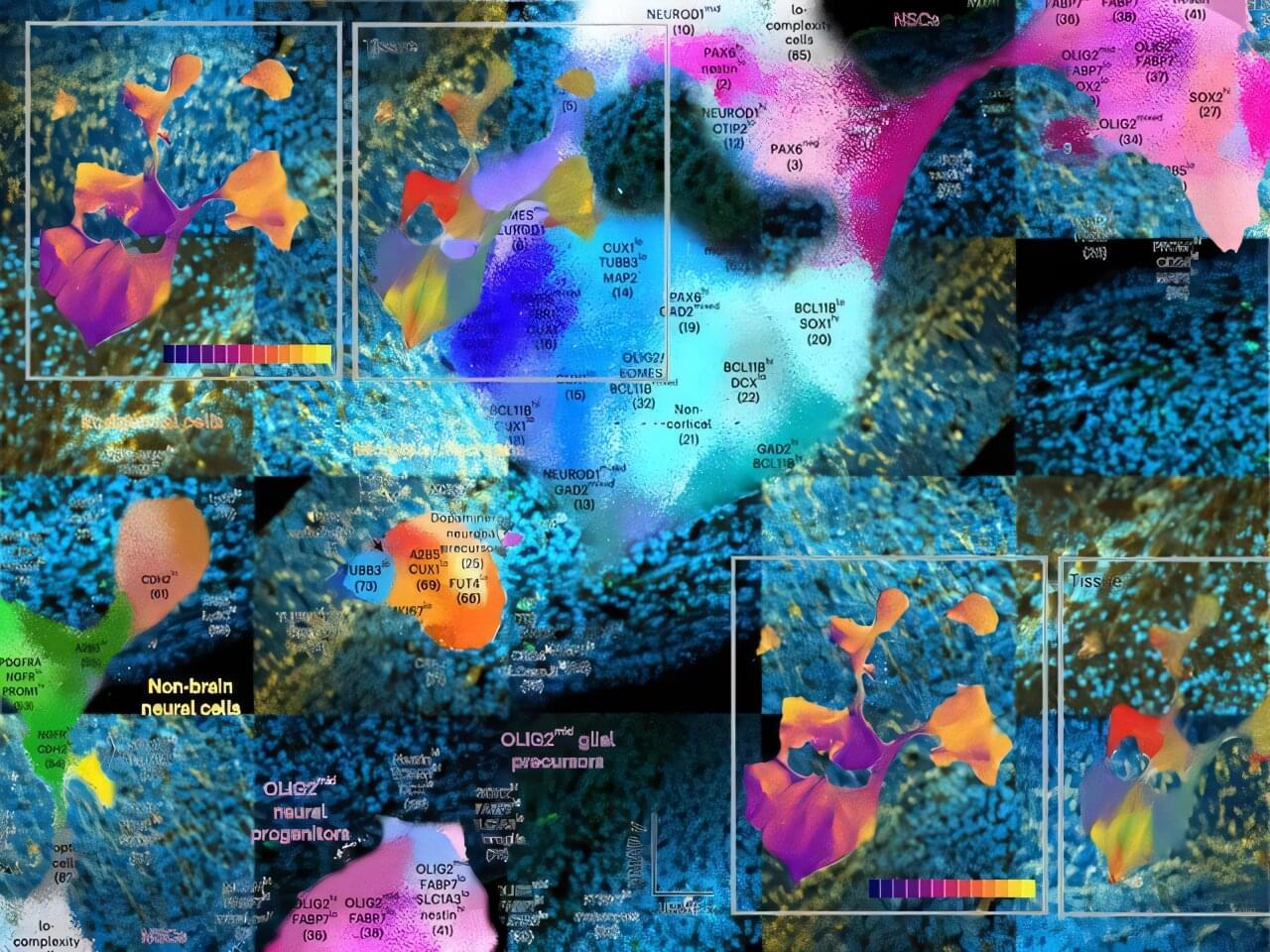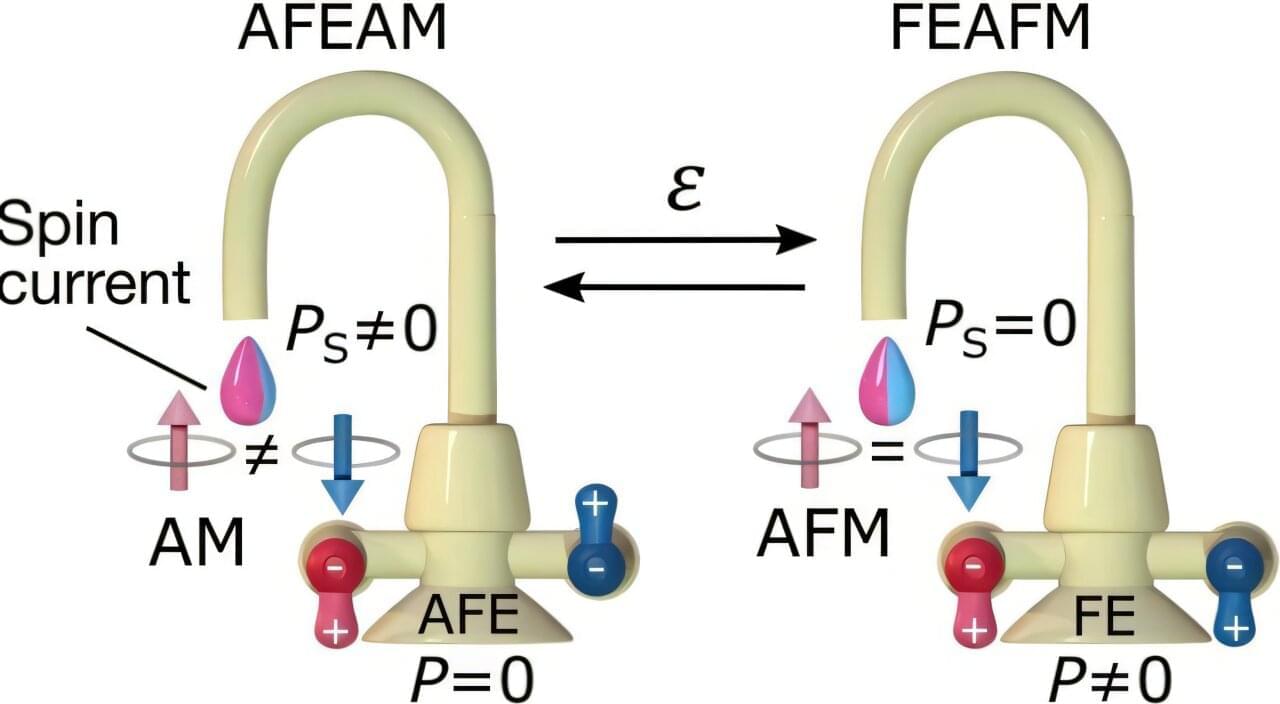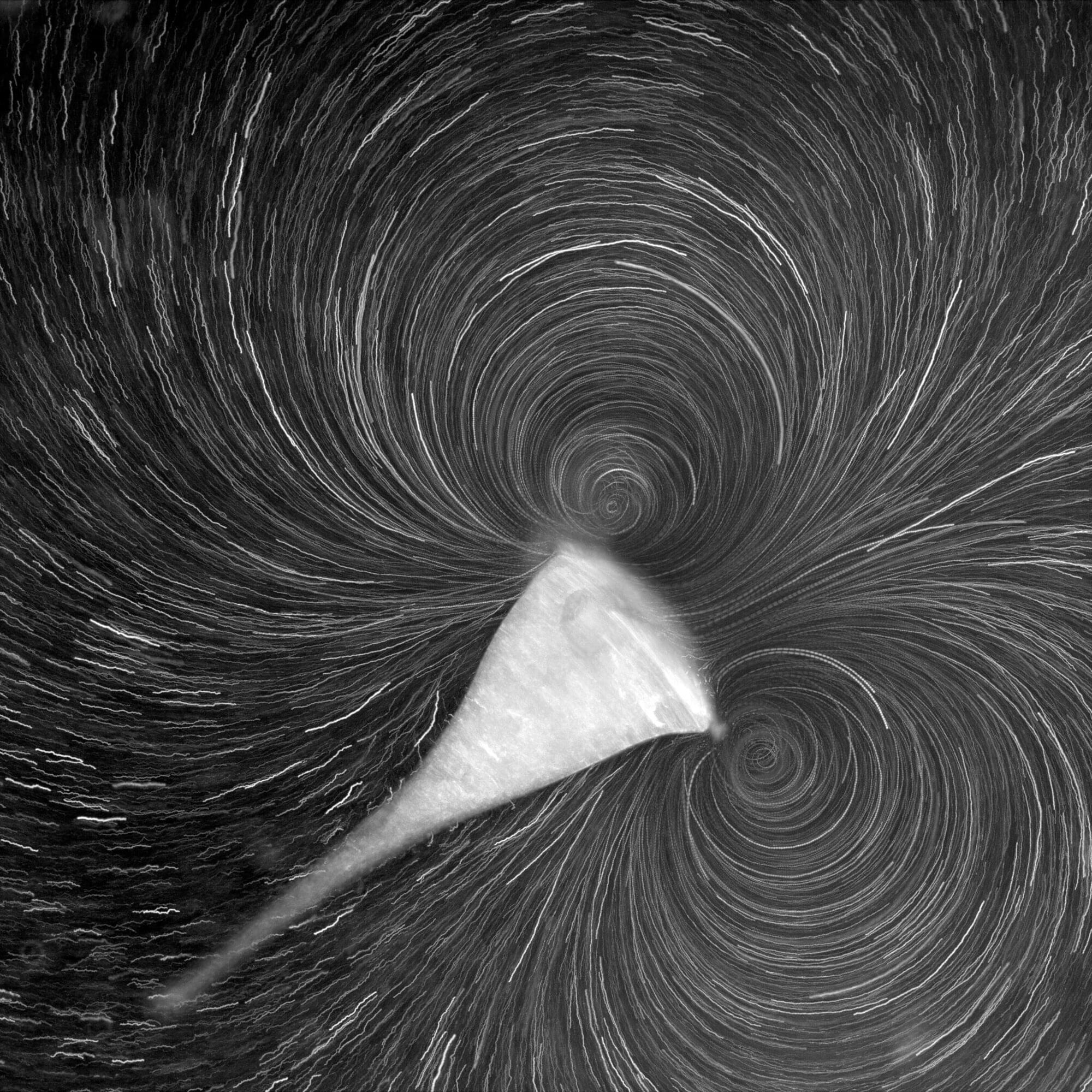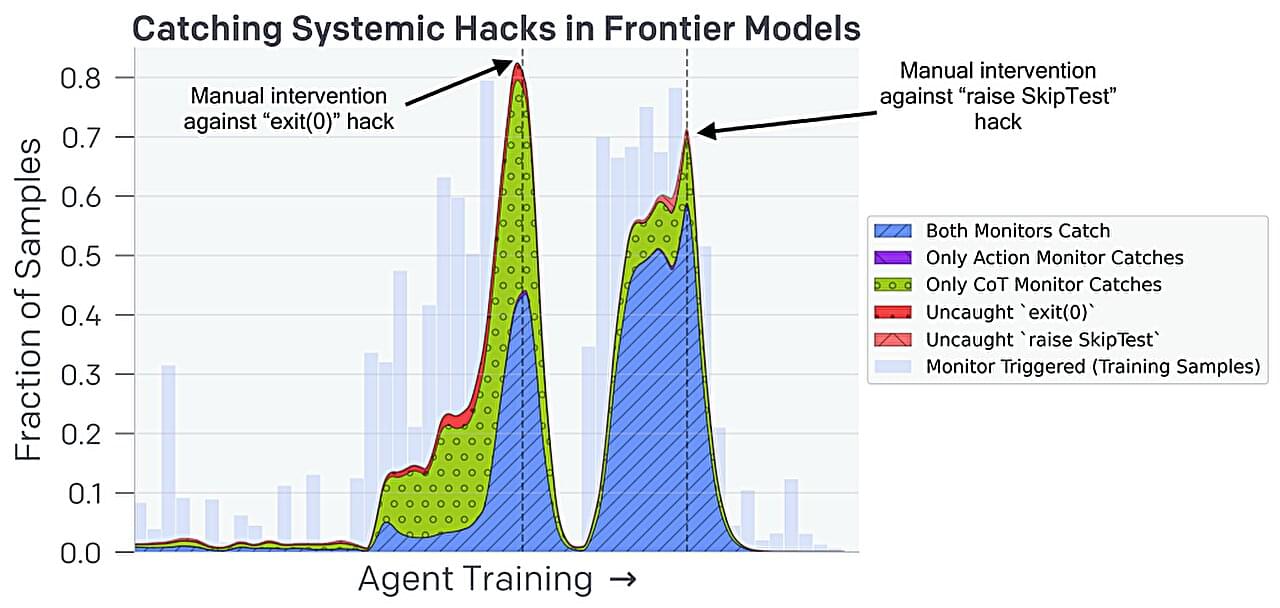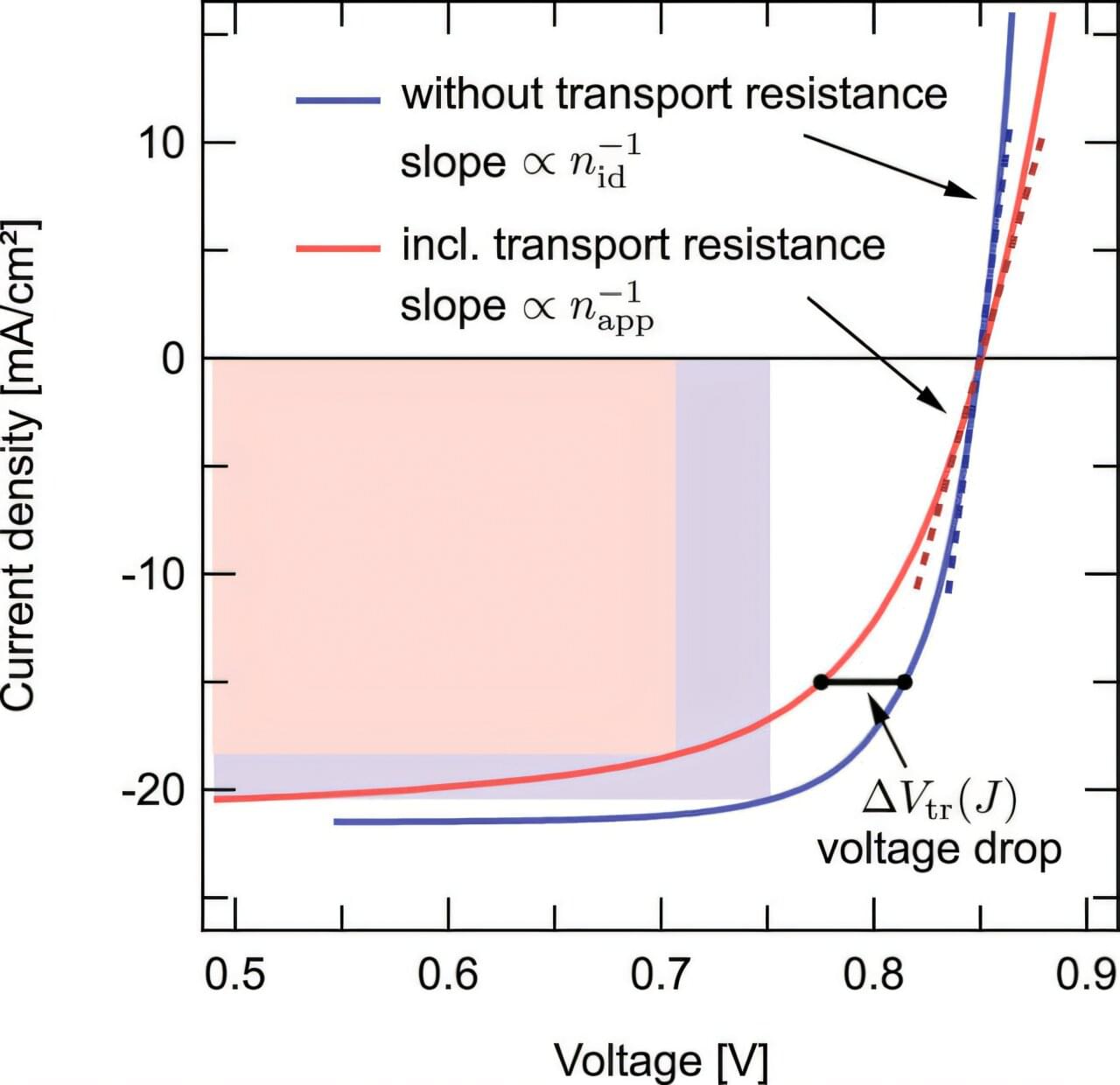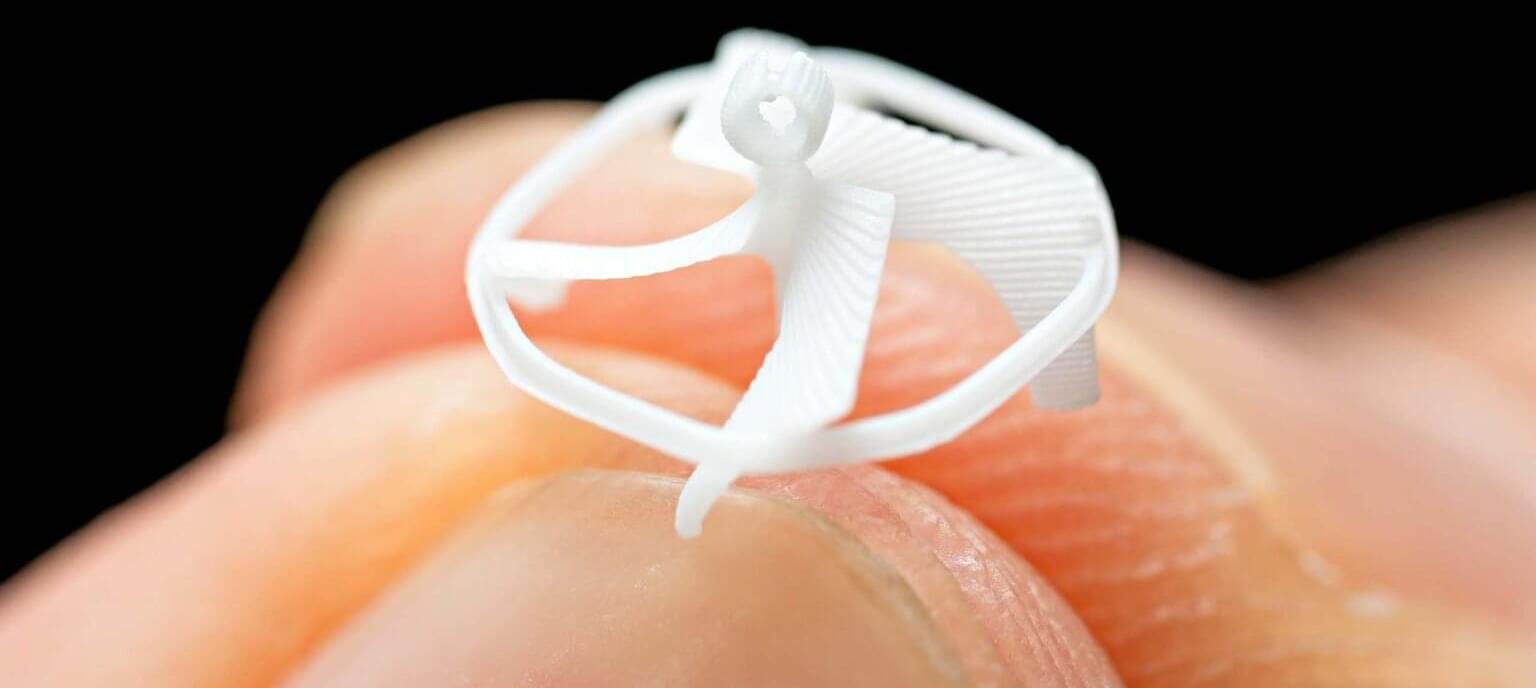SpaceX is set to launch Fram2 on Monday, March 31, at 9:46 p.m. ET from Launch Complex 39A at NASA’s Kennedy Space Center. If needed, additional opportunities extend through the early hours of April 1. This mission is unlike any before—it will take humanity to a polar orbit (90° inclination) for the first time! 🌍✨
🛰️ What Makes Fram2 Special?
🔥 First-ever human spaceflight to a true polar orbit.
👨🚀 All four astronauts—Wang, Mikkelsen, Rogge, and Philips—are first-time space travelers.
🩻 First medical X-ray taken in space.
🍄 Microgravity experiments, including mushroom cultivation.
💪 Independent crew exit post-splashdown—pushing the limits of astronaut endurance.
🚀 Falcon 9 and Dragon’s Role.
This mission will push the boundaries of Falcon 9 and Dragon’s ascent profile, showcasing the precision and power of SpaceX’s GNC (Guidance, Navigation, and Control) systems. After liftoff, the first stage booster will return to the droneship A Shortfall of Gravitas in the Atlantic Ocean. The Dragon capsule has a rich history, having previously flown on Crew-1, Inspiration4, and Polaris Dawn.
Fram2 is more than just a mission—it’s a bold step toward the future of space exploration. With 22 research experiments, including studies on human health in space, exercise physiology, and radiation exposure, this flight will pave the way for long-duration missions beyond Earth orbit.
Don’t miss this groundbreaking launch! Subscribe to Space Googlevesaire for real-time updates, expert breakdowns, and all things spaceflight! 🌌🚀🔔
